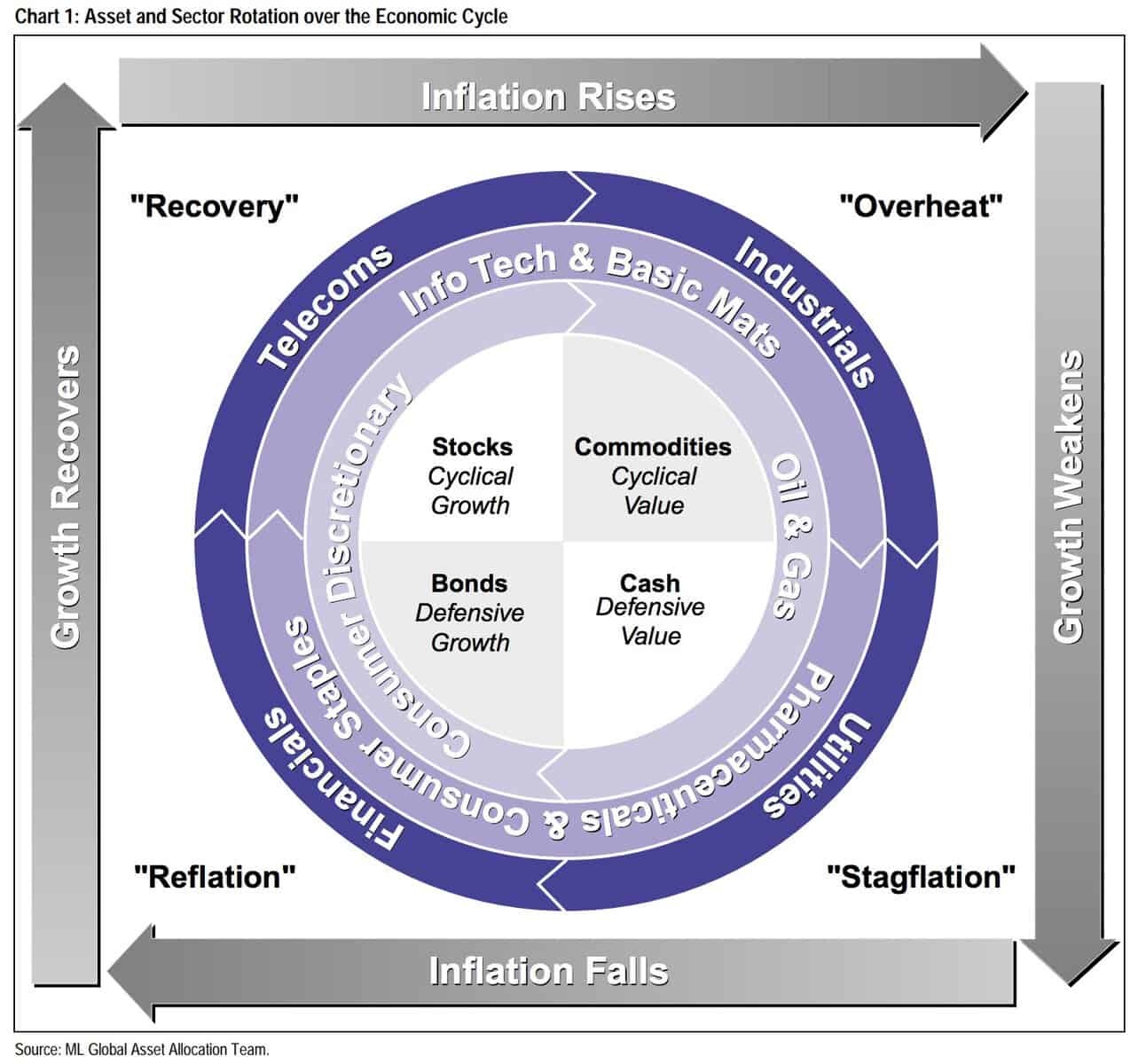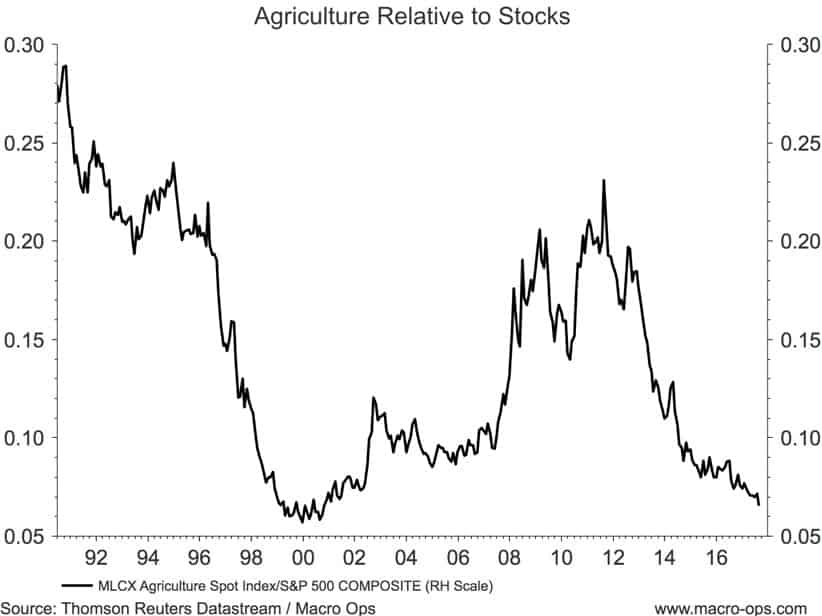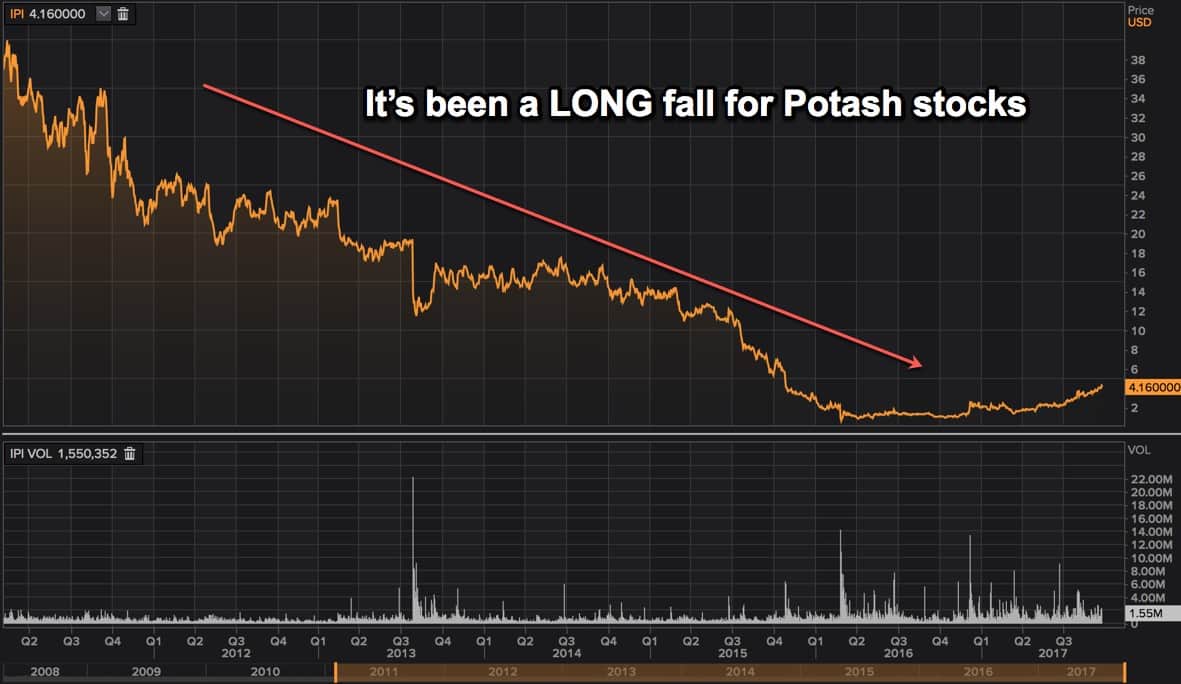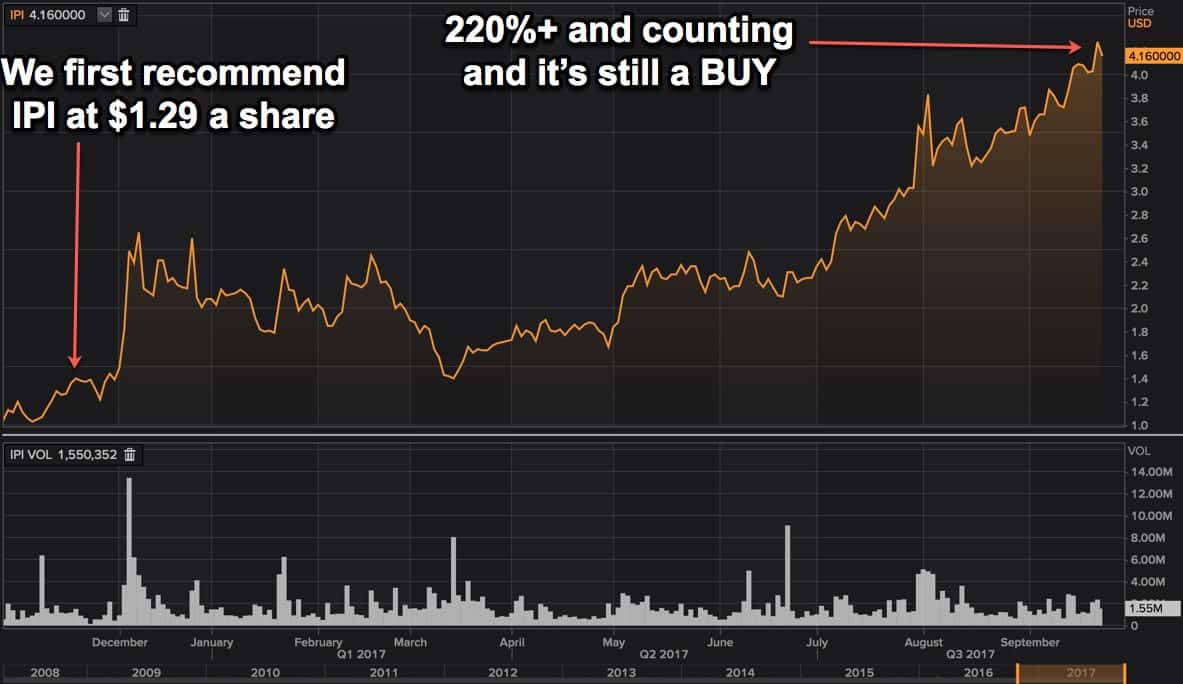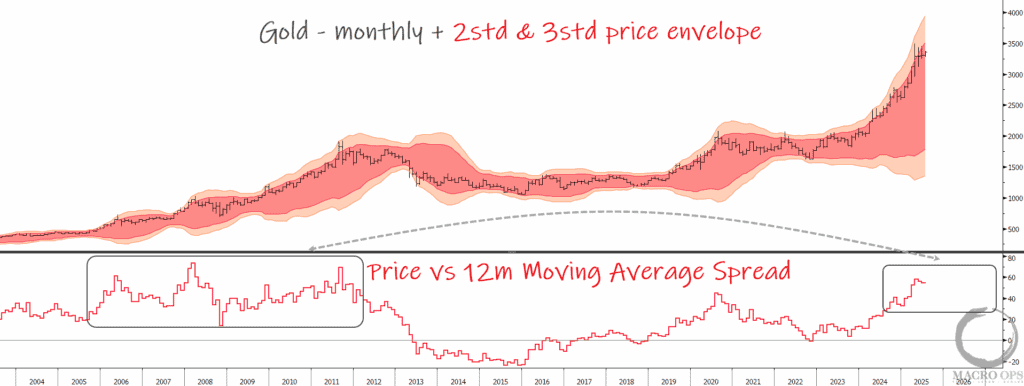Legendary speculator, Jesse Livermore, credits the following realization with transforming his trading game and turning him into one of the greats. He said:
Tape reading was an important part of the game; so was beginning at the right time; so was sticking to your position. But my greatest discovery was that a man must study general conditions, to size them so as to be able to anticipate probabilities.
A man must study general conditions, to size them so as to be able to anticipate probabilities….
This truth was realized by market wizard Michael Marcus over half a century later when he came up with the “Marcus Trifecta of technicals, fundamentals, and market tone.” Both traders, like all the greats, were aware of the importance of macro and keeping a finger to the wind to anticipate major changes in general conditions.
The importance of understanding general conditions is why we always start from a top down perspective. We know the majority of our market returns will be driven by macro factors.
And more importantly, we need to be white on rice focused on the inevitable changes in these conditions. It’s in correctly anticipating these large transitions — or what we refer to as inflection points — ahead of the market where the macro speculator makes his beans.
We’re seeing one of these macro inflection points play out right now. The market is not prepared for it. This means it’s time for aware macro traders to reap their harvest.
I’m referring to the turning of the Investment Clock. And the return to higher trendline growth and inflation, as the business cycle progresses to the later stages and economic capacity tightens.
This is the dominant macro thematic we are tracking and which will play out over the next 12-months. It’ll have numerous and drastic impacts on every area of global markets.
It’s going to change the trend in currencies, precious metals, commodities, big tech stocks, bonds, emerging market stocks and so on. It’s a straight up macro regime change; the era of low volatility and subsequent melt up in equities is coming to an end.
For those of you not familiar with the Investment Clock concept you can read a full rundown from one of our earlier articles, here. And here’s an overview of the idea.
The Investment Clock splits the business cycle into four phases. Each phase is comprised of the direction of growth and inflation relative to their trends. You can see these four phases in the chart below via Merrill Lynch.
Here’s a breakdown of each phase.
Phase 1 – Reflation phase: Growth is sluggish and inflation is low. This phase occurs during the heart of a bear market. The economy is plagued by excess capacity and falling demand. This keeps commodity prices low and pulls down inflation. The yield curve steepens as the central bank lowers short-term rates in an attempt to stimulate growth and inflation. Bonds are the best asset class in this phase.
Phase 2 – Recovery phase: The central bank’s easing takes effect and begins driving growth to above the trend rate. Though growth picks up, inflation remains low because there’s still excess capacity. Rising growth and low inflation is the goldilocks phase of every cycle. Stocks are the best asset class in this phase.
Phase 3 – Overheat phase: Productivity growth slows and the GDP gap closes causing the economy to bump up against supply constraints. This causes inflation to rise. Rising inflation spurs the central bank to hikes rates. As a result, the yield curve begins flattening. With high growth and high inflation stocks still perform but not as well as in phase 2. Volatility returns as bond yields rise and stocks compete with higher yields for capital flows. In this phase, commodities are the best asset class.
Phase 4 – Stagflation phase: GDP growth slows but inflation remains high (sidenote: most bear markets are preceded by a 100%+ increase in the price of oil which drives inflation up and causes central banks to tighten). Productivity dives and a wage-price spiral develops as companies raise prices to protect compressing margins. This goes on until there’s a sharp rise in unemployment which breaks the cycle. Central banks keep rates high until they reign in inflation. This causes the yield curve to invert. During this phase, cash is the best asset.
This was pulled from our September Macro Intelligence Report (MIR) that went out to subscribers on Sep 1st.
In the report we detailed how the data is indicating we’ve reached a macro inflection point and are transitioning to Phase 3, or the Overheat phase, of the Investment Clock.
This means that both GDP growth and inflation will begin to pick up in the coming quarters. We also noted how the market, or central bankers, weren’t positioned for this inflection point at all. In fact, we’re seeing this phase shift at the sametime that the popular narrative of “secular low inflation for longer” has become consensus.
Here are two examples, out of many, of the data we’re tracking that tell us both higher growth and higher inflation are around the corner.
In market terms, this is called a FAT PITCH.
Are you ready to swing?
In Phase 3, the Overheat phase, commodities and cyclical value stocks outperform. This is because these asset classes both benefit from tighter economic capacity plus stronger growth and inflation.
In our September MIR, in true contrarian fashion, we recommended loading up on a basket of unloved energy stocks.
This basket consisted of RIG, CRR, COG, ESV, and WTI (one of the largest positions in our portfolio). It’s been on a tear, with some of the stocks up 20 to 50+% (in WTI’s case). We believe this is just the beginning of the move.
In our October MIR which we’ll be putting out next week we’re going to discuss another trade basket that we think has even more of a runway than the our energy play — agriculture.
Similar to energy, agriculture has suffered from a long multi-year bear market and is now trading at secular lows relative to stocks, last seen in 2000 — right before Ags took off on a 12 year bull run.
There are many reasons to like this space.
Sentiment is horrible. Investors won’t go near it with a 10-foot pole and a friend holding.
A number of formerly established commodity trading shops have been shuttering their doors and letting people go — another tell-tale sign of a bottom.
Plus, there’s some new macro developments, in addition to the coming pickup in growth and inflation that will spur the Ag sector off its lows and to new highs.
Some of these have to do with coming ethanol fuel blends in China and other forces that will significantly boost demand. We’ll cover those in the coming MIR.
Like all extreme contrarian plays, the long Ag theme will take some serious sifting through the chaff to get at the golden wheat — there’s a lot of landmines out there.
Instead of playing the underlying commodities in the futures market, we’re excited about a basket of related equities which will run significantly higher once soft commodities gain their footing.
An example of one of these plays is Intrepid Potash (IPI) — a stock that our readers are familiar with.
IPI, along with the rest of Ag related stocks, experienced a soul crushing bear market over the last five years. At one point, IPI had fallen over 98% from its 2012 highs.
But… one investor’s trash is another’s treasure.
We first recommended IPI last November, when it was trading at $1.29 a share. It’s since gone up 220+% to over $4.20 a share and counting. It’s one of our largest portfolio holdings.
There are a number of things to love about this stock.
Not only does it benefit from the macro transition to the Overheat phase which will pull certain commodities higher. But it has exposure to two horribly beaten down sectors that will outperform over the coming year. These being agriculture, of course, but also energy.
And this is because IPI is also a secret water play.
The company has the largest private water rights in the state of New Mexico. Fracking is extremely water intensive work and generally takes place in areas where water is scarce. IPI is situated on the southern portion of New Mexico… along the Permian Basin… which is the most profitable shale field in the country.
Management expects to be pulling in around $30M next year on just water sales alone. This is an extremely high margined revenue source because it cost the company virtually nothing to sell.
So with IPI you get the sole US based producer of potash in a commodity that is bottoming but with the downside protection from its water rights. Owning the stock is essentially like holding a call option on the Ag market with no expiry.
Huge upside, limited downside.
These are the kinds of plays we really like here at Macro Ops. And we’re seeing a number of them at the moment.
Phase 3 is a target rich environment, as we like to say.
The Ag basket that we’ll be writing about in next week’s MIR will cover, in detail, the other names that we’re buying and which we believe have IPI like potential.
“To the victors go the spoils!” and to collect spoils in this environment you have to follow Livermore’s advice, heed the “general conditions” and anticipate the major moves.
The phase shift and commodity rebound is just beginning… so if you’re ready to collect the spoils with us, make sure you subscribe to the Macro Intelligence Report (MIR).
The MIR is our monthly report that cuts through the noise to keep you informed of the largest macro trends and how you can profit from them.
From what you’ve already learned about the Overheat Phase and its effect on commodity stocks, you understand how effective our top-down macro research process is. You see how we source our trades and why they are so profitable.
If you’re interested in joining our team to continue finding lucrative plays like IPI, subscribe by clicking the link below and scrolling to the bottom of the page:
Click Here To Learn More About The MIR!
Our October issue will be released early next week. Make sure you’re subscribed so you don’t miss your chance to enter the basket of agricultural stocks poised to take off as the Overheat Phase ticks forward. There’s a good chance these plays will make our bottom line this year…
Your subscription also comes with a 60-day money-back guarantee. That means there’s zero risk for you to give the MIR a try. If you feel it’s not right for you, we’ll return your money immediately.
Click Here To Learn More About The MIR!



